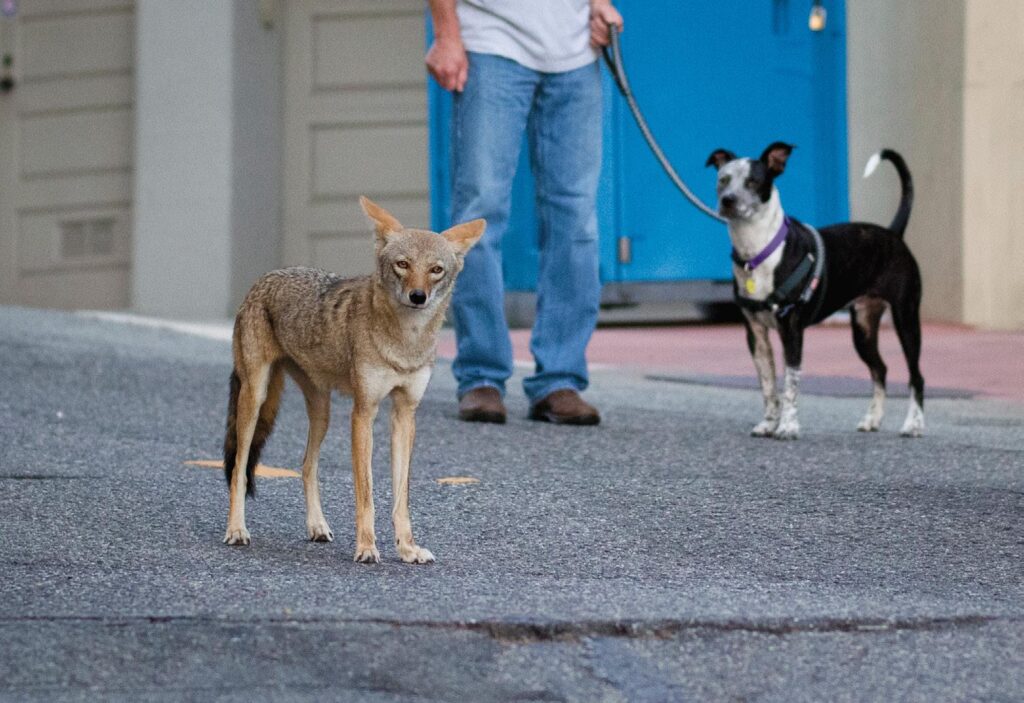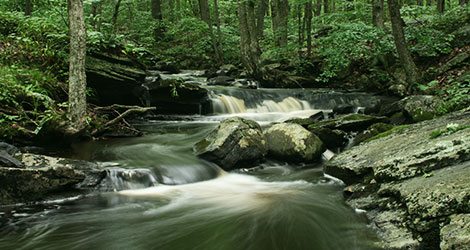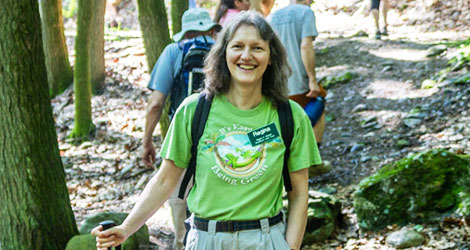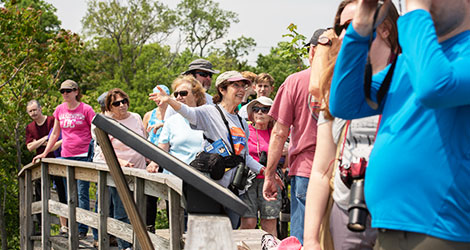
Advancing Conservation One Image at a Time:
A Conversation with Jaymi Heimbuch
Jaymi Heimbuch is a conservation photographer, naturalist, and instructor who has traveled the globe in search of stories about the natural world. She is the founder of the Urban Coyote Initiative, the host of “Impact,” a conservation photography podcast, and the author of “The Ethiopian Wolf: Hope at the Edge of Extinction.” Her photographs have appeared in National Geographic, Audubon Magazine, and other outlets. We caught up with Jaymi to learn more about her work. This interview has been edited for clarity and length.
Connecticut Woodlands: What drew you to conservation photography?
Jaymi Heimbuch: After I got into photography and was taking all of these images, it just didn’t feel right for me to be collecting images without them doing anything. With conservation photography it’s a clear path, a way for you to put your images to work for the things that you love taking pictures of, whether it’s a species, a place, or just wilderness in general. It gives any photographer a way to feel empowered to do something for climate (and) the environment.
What made you interested in photographing urban coyotes?
JH: One night I was walking my dog in San Francisco and a coyote ran past us down the middle of the road. I thought it was amazing that this rather large canid can make a living and thrive in such a densely urban place. They are so adaptable, and they force us to think about wildlife in urban spaces. Because coyotes are such a controversial species, they also bring out elements of ourselves and what we think about nature. For example, if we hate coyotes being here, why is that? What makes us afraid? And what does that mean for our connection to nature and living alongside wildlife?

While coyotes tend to be more curious than threatening, keeping dogs leashed can help reduce conflicts. Photo by Jaymi Heimbuch
Coyotes are often elusive. How do you get such intimate shots of these animals?
JH: In San Francisco there were coyotes in certain areas that were a lot more habituated to people, kind of out of necessity in a lot of ways. Most people weren’t seeing coyotes daily, but in particular areas of the city, if you understood their habits, it was pretty easy to find them. It really was a matter of paying attention to Facebook groups or places like nextdoor.com for where people were seeing them and then going out when coyotes were likely to be active and there was enough light to photograph them.
Talk about the story behind the image of the coyote and the dog walker.
JH: This coyote was in one area where a lot of people would come and walk their dogs, and she was getting pretty bold. A lot of times she was just curious about them and would follow them around and see what they were up to and where they were going without a whole lot of interaction. She was just monitoring them in a way. I wanted to have shots that show that coyotes can be nearby and curious without necessarily being threatening. It’s tough though, because at the same time you also want to be clear that we have to maintain a coyote’s fear of people and dogs because that keeps everybody, including the coyote, safer.
What’s one piece of advice you have for aspiring conservation photographers?
JH: My biggest piece of advice is to look for an idea or a project that’s near home. The urban coyote project started outside my front door, and even though it expanded later, I could have done so much in just my city. Look for what you want to work on that’s local because it gives you access on an ongoing basis. You also get to build so many connections in your own area that could open up opportunities or more projects in the future. It also helps you see the difference that you’re making in your own community, and that can be really invigorating and revitalizing. Some of the best, most engaging, crazy stories out there are happening in our own towns. We just have to get out there.





